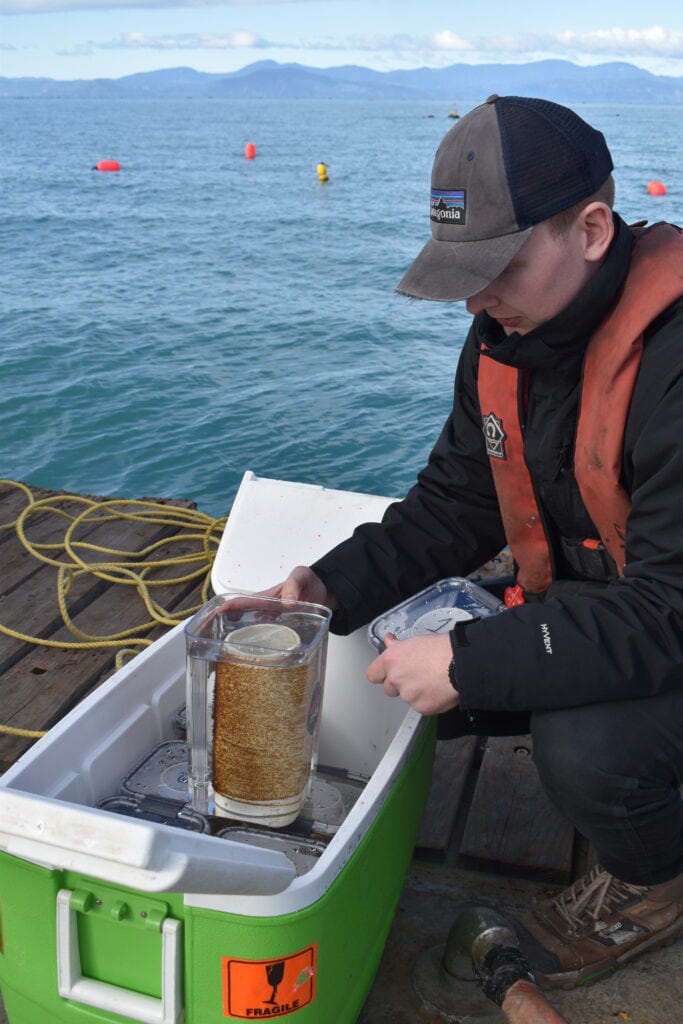With many of New Zealand’s scallop (Pecten novaezelandiae) fisheries, particularly in the top of the South Island, New Zealand, closed due to declining wild populations, aquaculture presents a promising alternative to meet consumer demand while allowing wild stocks to recover. Since June 2024, Cawthron Institute’s Shellfish Aquaculture Research Platform (SHARP), in collaboration with the Open Ocean Aquaculture (OOA) project, has been pioneering efforts to cultivate scallops and oysters using innovative farming structures in Tasman Bay.
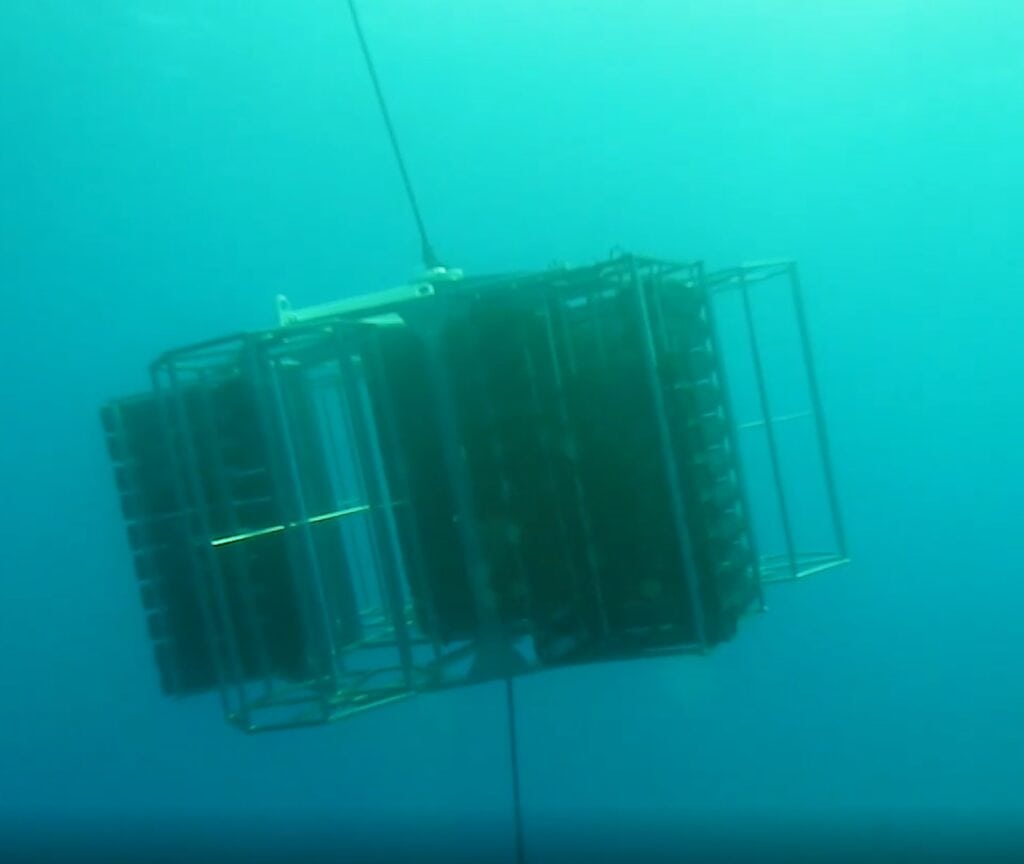
Innovative Farming with the Shellfish Tower
In partnership with the Scallop Enhancement Company’s reseeding project, which provided locally sourced scallop spat from Tasman Bay, Cawthron has been growing and monitoring scallops on the prototype Shellfish Tower—a submersible cage system designed for high-energy open ocean environments. This structure has demonstrated resilience against challenging conditions, tolerating wave heights over 7 meters and currents exceeding 0.8 meters per second. The Shellfish Tower offers a practical solution for marine farming of shellfish and other species in exposed waters.
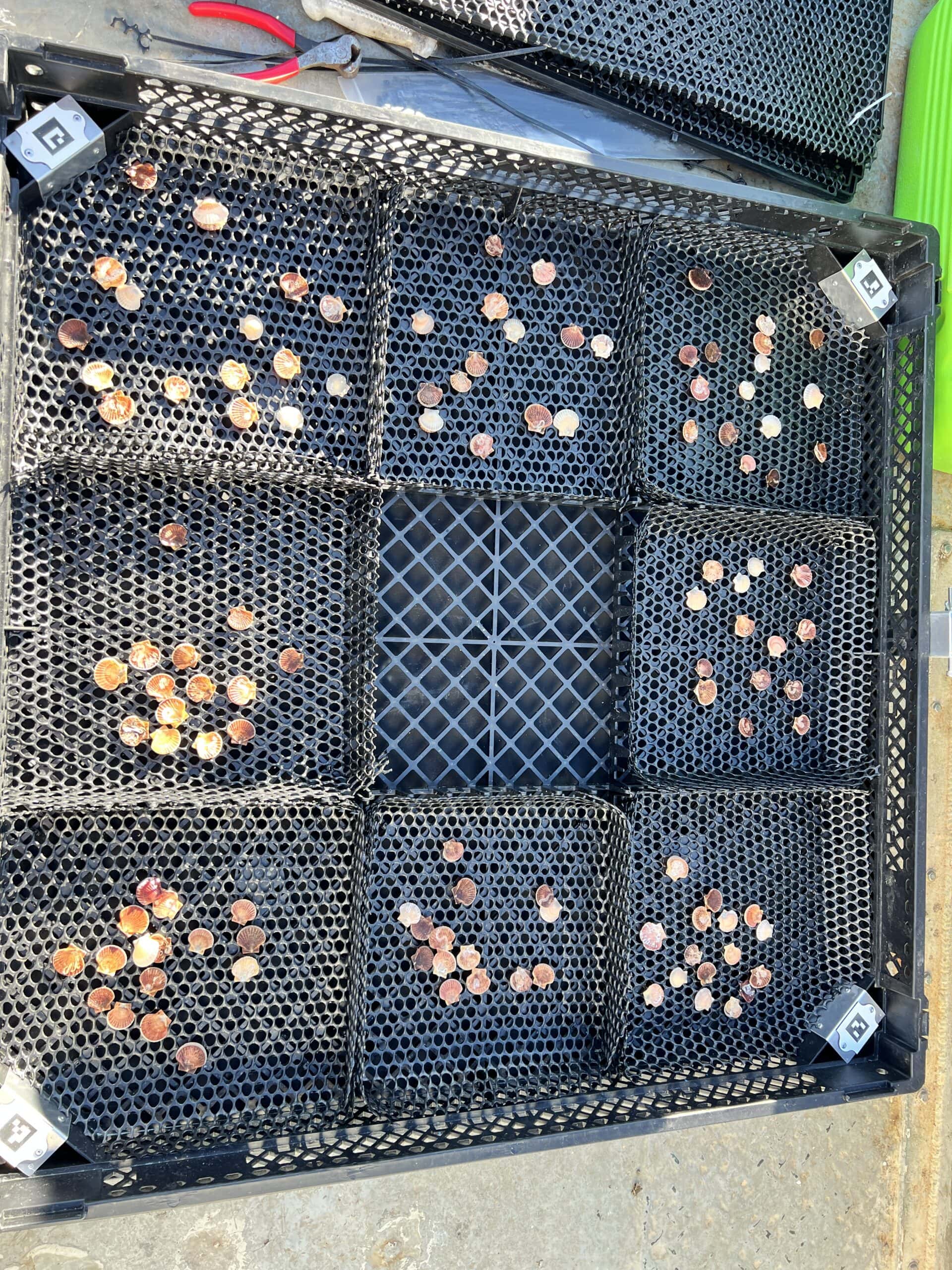
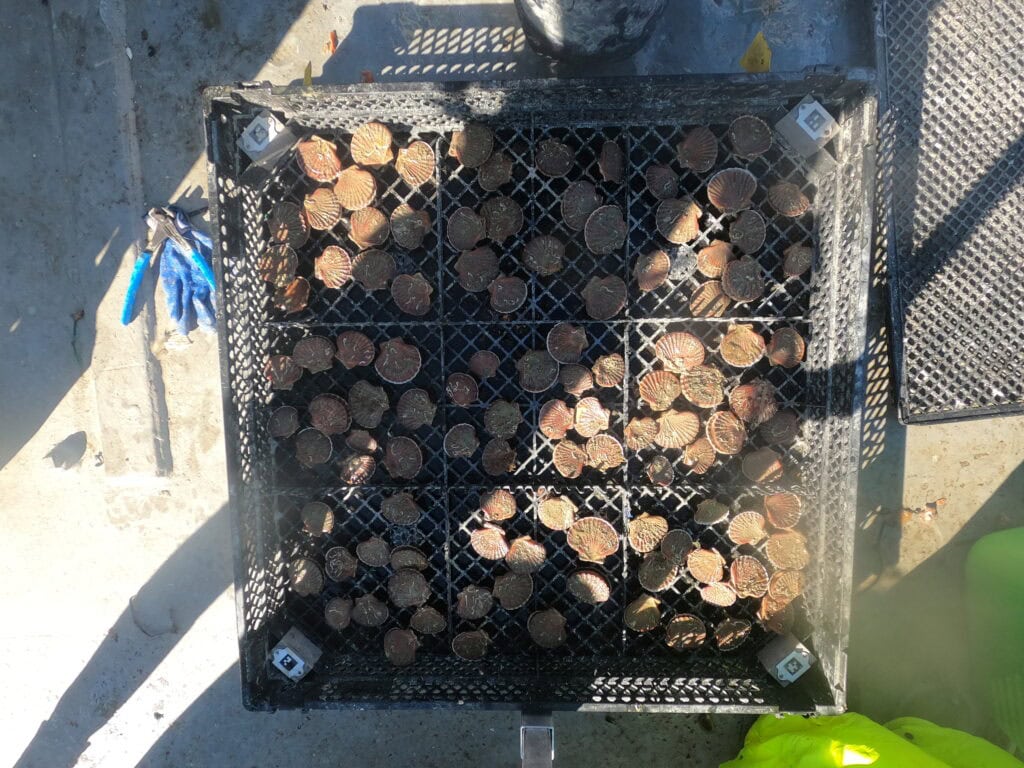

Contact Dr Kevin Heasman
Program leader Open Ocean Aquaculture
Image Caption
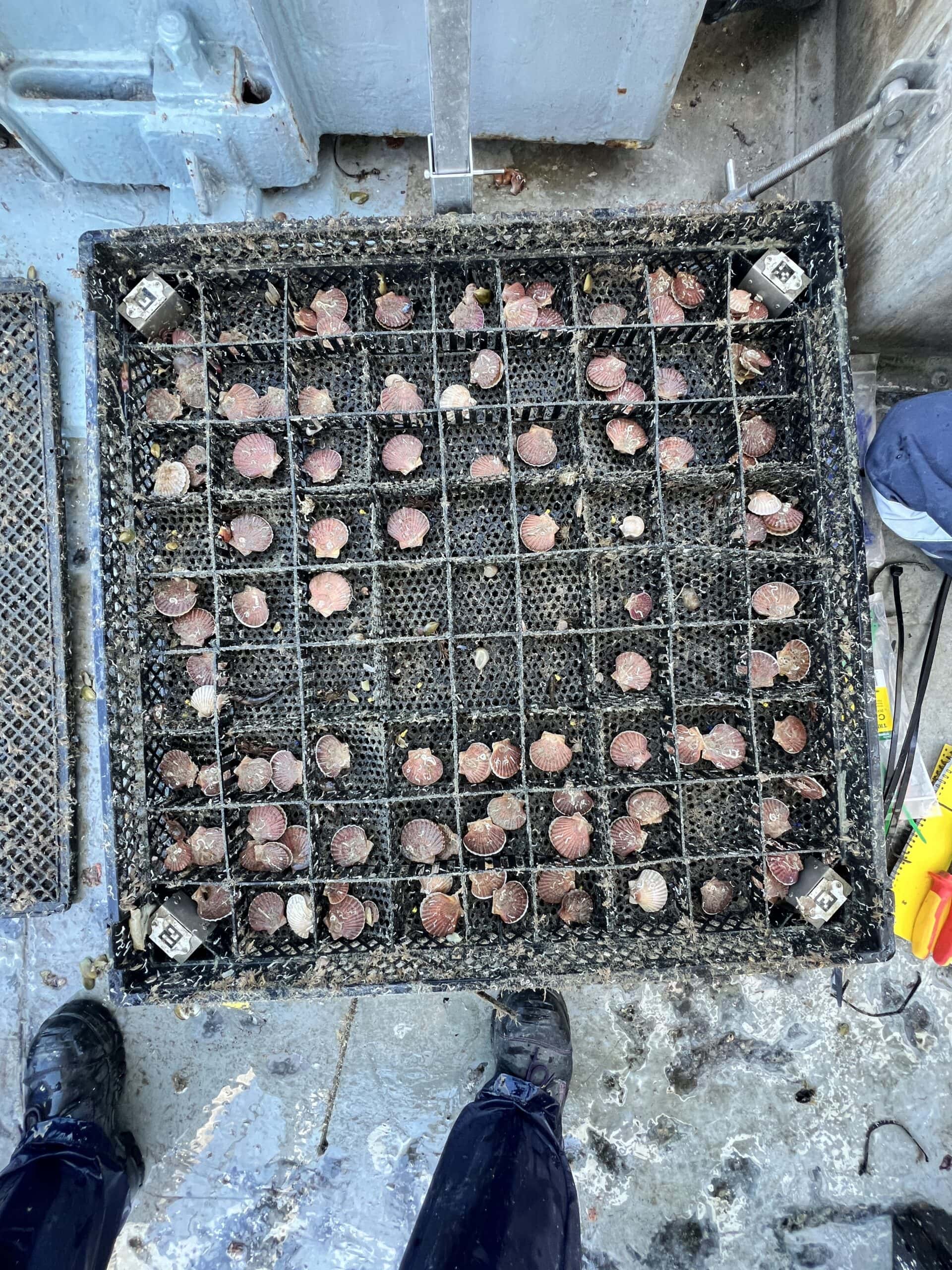
Optimizing Production: Stocking Densities and Culture Methods
To transition scallop aquaculture from experimental trials to commercial viability, optimizing production parameters is essential. A key focus has been determining the ideal stocking densities—the number of scallops per tray. Overcrowding can impede growth, while understocking may not be economically efficient. Additionally, researchers have explored whether scallops thrive better in individual compartments or grouped together within trays. Preliminary findings indicate clear differences between individual and group culture methods, informing best practices for maximizing yield.
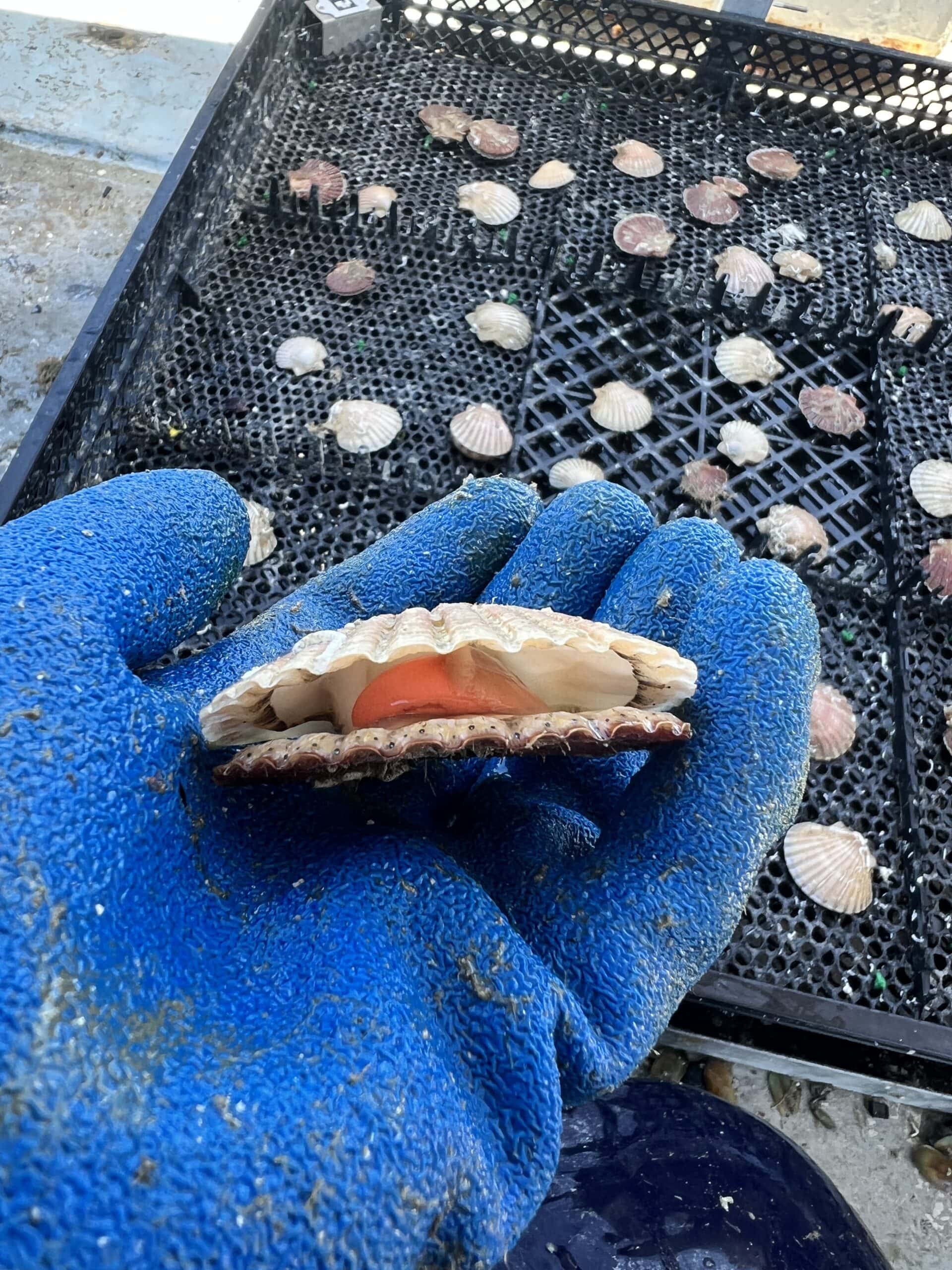
Promising Growth and Survival Rates
As of February 2025, the cultivated scallops have reached an average size of 75mm in width, exhibiting robust growth rates and low mortality. These encouraging results suggest that scallop aquaculture could effectively supplement wild harvests, offering a sustainable and reliable source of this valued shellfish.
Acknowledging Collaborative Efforts
This project exemplifies the collaborative spirit of New Zealand’s aquaculture sector. The success achieved thus far is a testament to the dedication and expertise of Cawthron’s SHARP technicians and the broader aquaculture group, whose support has been instrumental in advancing this research. The support offered by Maclab (they have provided Cawthron with farm space for research as well as providing unput) is crucial to our success and greatly appreciated. By combining innovative structures like the Shellfish Tower with optimized farming practices, the team is making significant strides toward establishing a sustainable and commercially viable scallop aquaculture industry in New Zealand.
As research continues, the focus remains on refining cultivation techniques and scaling production to meet market demands, all while contributing to the restoration and conservation of wild scallop populations.

